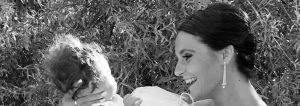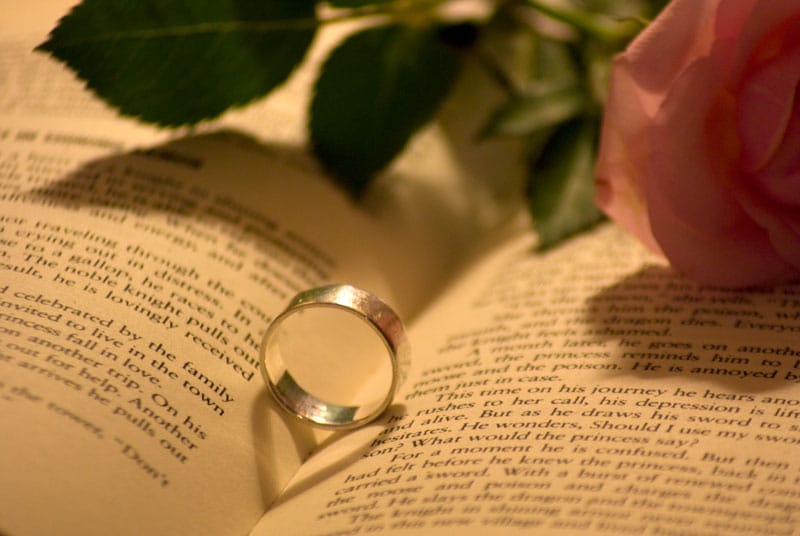
I am often asked, “how do wedding photographers get such great shots?” and “what settings should I use for shooting weddings?”
Wedding photographers have spent many years practicing their art and invested heavily in equipment. I often find myself explaining to people, you aren’t just paying for the photographers time, you are paying for their equipment, software, secure storage, years of practice and training, and the many hours spent editing pictures and producing them.
Then there is the equipment. many churches (and other religious establishments) do not allow the use of flashes during the service. This poses some challenges for the photographer. They have one chance to get the shots they (and their clients) are after. This means expensive camera bodies and lenses with wide apertures. If you are wanting to do a wedding for a friend, it may be worth looking into renting a camera/lens as the purchase price can run into the hundreds or even thousands. Other things to consider:
- Image stabilisation – if you are shooting handheld, this is a must. Some cameras (Sony springs to mind) have this built into the camera body; otherwise look for a lens with this feature.
- ISO – the higher ISO your camera can handle without displaying too much noise the better. Raising the ISO will allow you to use a higher shutter speed, leading to sharper images
- Aperture – in low light you want the aperture as wide as possible. If you can afford it, look for a lens that offers f1.4, or rent one.
- Tripods – get a decent quality tripod. I prefer Manfrotto, they are sturdy and well-built, an investment in one of these and properly cared for will last you years. Don’t be tempted with cheap tripods, they are often flimsy and prone to vibrations.
- Planning – plan your shots. this is really important. Remeber the 3 Ps, Planning, Preparation, and Practice. Spend some time looking at other photographers portfolios. Think about the shots you want, make a list of them and plan how you are going to get them.
Above all, get plenty of practice – you will get decent results even with a bridge camera with the right settings. Get used to shooting in manual mode, you will have much better control over your pictures if you can. Remeber the points above about aperture, ISO, lenses, tripods etc. If you can use flash, invest in a decent bounce flash – something like the Sigma EF 610 DG ST Flash or similar. being able to ‘bounce’ the flash off ceilings and walls will help diffuse the light and prevent harsh shadows often associated with on-camera flashes.
Above all, have fun!

